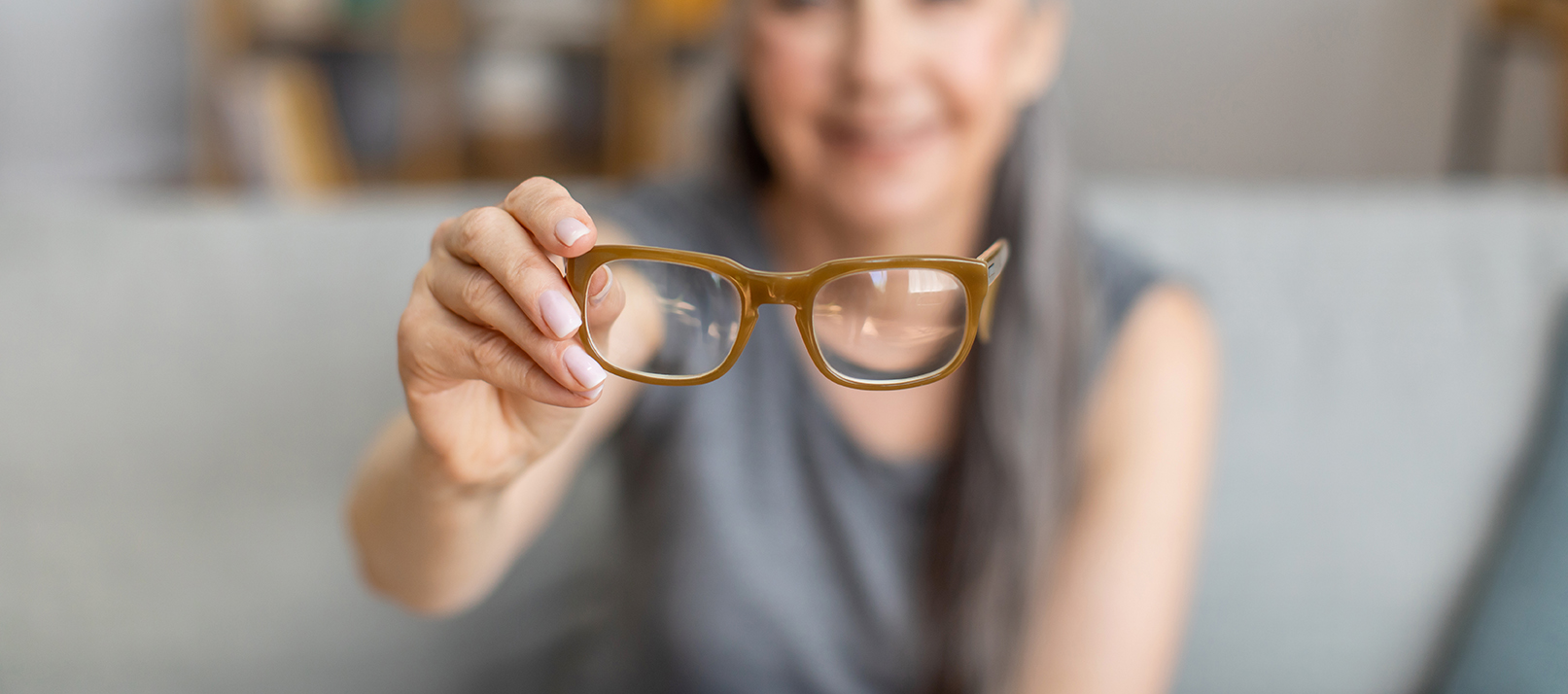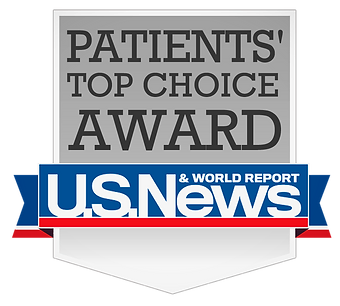Myopia, or nearsightedness, is a common refractive error affecting millions worldwide. In recent years, the increasing prevalence of progressive myopia, especially in children, has become a major public health concern. Traditional treatments like eyeglasses and contact lenses improve visual clarity but do little to slow its progression. Fortunately, modern research has introduced innovative approaches to managing myopia and reducing the risk of related complications.
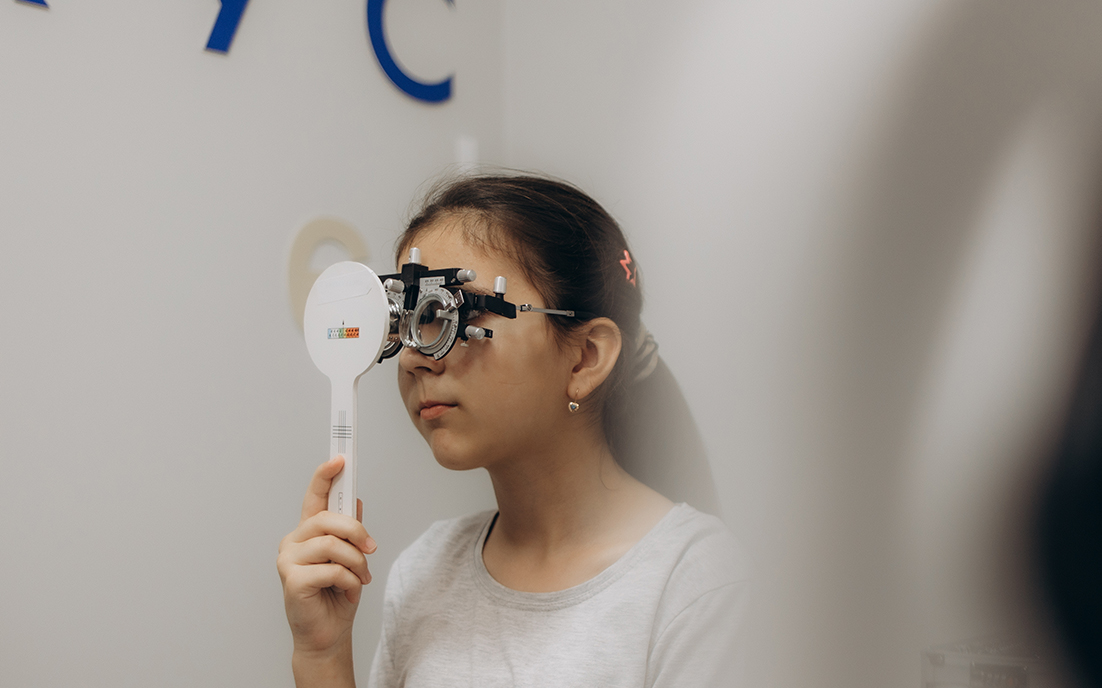
Understanding Myopia Progression
Myopia occurs when the eye grows too long, causing light to focus in front of the retina instead of directly on it. This leads to blurry distance vision. Progressive myopia worsens over time, increasing the risk of serious eye conditions such as retinal detachment, macular degeneration, and glaucoma.
While lifestyle changes like reducing near work (e.g., screen time) and spending more time outdoors can help delay myopia onset, they often aren’t enough to stop its progression. Specialized treatments are needed to actively manage and slow eye elongation, especially in children and adolescents.
Treatment Options for Myopia and Progressive Myopia
Researchers have developed several interventions to slow myopia progression. These treatments aim to correct vision while addressing the underlying factors that contribute to myopia. Here are some of the most common and effective options:
1. Special Eyeglass Lenses
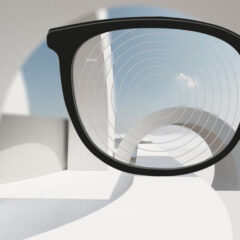
Specially designed eyeglass lenses offer a popular method for managing myopia. These lenses not only correct vision but also influence how light focuses on the retina, helping to slow myopia progression. Peripheral defocus lenses, for example, create a focus zone that reduces eye elongation.
ZEISS MyoCare lenses, introduced in April 2023 in Europe, represent a breakthrough in managing progressive myopia. Clinical trials indicate that these lenses slow myopia progression significantly more than traditional single-vision lenses.
2. Soft Multifocal Contact Lenses
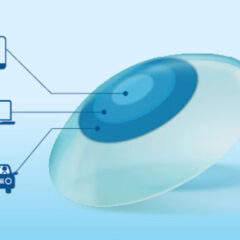
Soft multifocal contact lenses provide another effective solution for myopia management. Their multiple focus zones allow clear central vision while creating peripheral defocus on the retina. This design helps slow eye elongation and control myopia progression.
Children and teenagers find multifocal contact lenses comfortable and effective for both vision correction and myopia control. These lenses, often called “center-distance” lenses, have gained widespread acceptance.
3. Orthokeratology (Ortho-K)
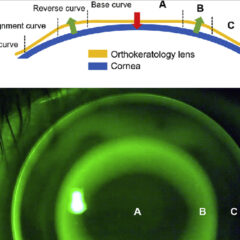
Orthokeratology, or Ortho-K, uses rigid contact lenses worn overnight to temporarily reshape the cornea. This reshaping provides clear daytime vision without the need for glasses or contacts. Beyond vision correction, Ortho-K lenses create a peripheral defocus effect that helps slow myopia progression.
This non-surgical, reversible approach effectively reduces eye growth rates, making it a popular choice for children and adolescents with rapidly progressing myopia.
4. Low-Dose Atropine Eye Drops

Low-dose atropine eye drops have emerged as a widely used pharmaceutical intervention for slowing myopia progression. Atropine, in concentrations between 0.01% and 0.05%, helps slow eye elongation without significantly affecting pupil size or causing side effects associated with higher doses.
Although researchers have not fully determined how atropine slows myopia, they believe it influences scleral growth and reduces eye elongation. Many eye care professionals combine atropine with other treatments, such as special eyeglass lenses or contact lenses, for optimal myopia control.
FDA-Approved Treatments vs. Experimental Approaches
In the United States, the FDA has approved several treatments for myopia management, including:
- Multifocal soft contact lenses for myopia control.
- Orthokeratology (Ortho-K) lenses for overnight wear.
- Low-dose atropine eye drops, which are commonly prescribed off-label based on extensive research.
Some newer treatments, such as defocus corrective spectacle lenses (e.g., ZEISS MyoCare), have shown promise in Europe and Asia. However, these lenses are still undergoing research and trials in the U.S. before gaining FDA approval. They combine vision correction with myopia control but are not yet widely available.
Conclusion
Managing myopia and progressive myopia requires both lifestyle adjustments and specialized treatments. Options range from innovative eyeglass lenses to pharmaceutical solutions like atropine drops. These methods help slow myopia progression and reduce future risks. For parents of children with myopia, early intervention is essential. Regular eye check-ups and appropriate myopia control measures can protect long-term vision health.





